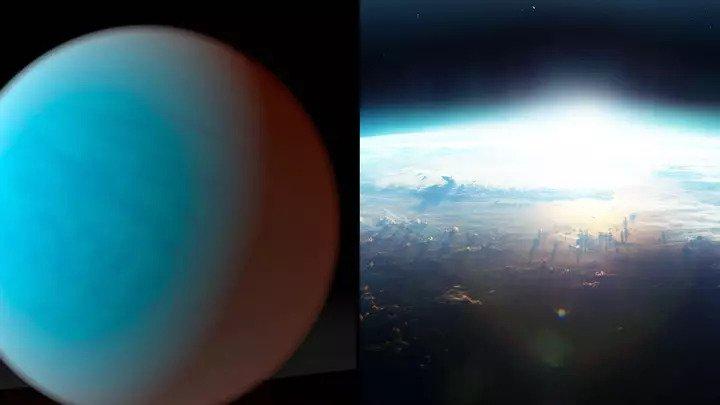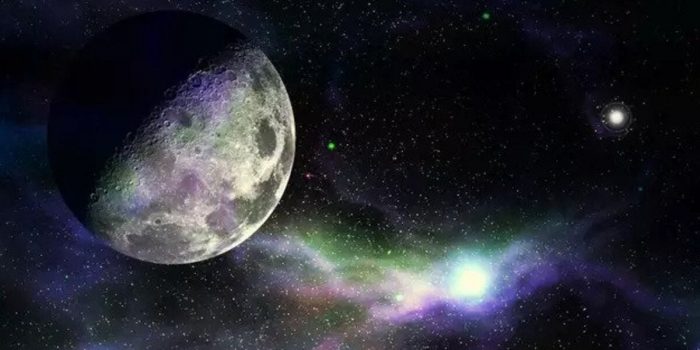TOI-733b is a rare planet that has just been discovered 245 light-years away by scientists through NASA’s telescope. This planet is around twice the size of Earth and is covered by oceans.
It’s just one of more than 5,000 exoplanets that we know about after the first was discovered in the 1990s. It also orbits a star slightly smaller than our Sun in a period of just 4.9 days.
NASA has suggested that the gap between super-Earths and mini-Neptunes, known as the ‘radius valley’, could be explained by the cores of Neptune-like worlds. This gap is due to the surprisingly small number of exoplanets in this category.

Some exoplanets have lost their atmospheres due to their proximity to stars, becoming smaller, naked, stripped cores on the lower side of the radius valley – or ‘rock planet’. Another possibility is that the radius valley is caused by an internal process due to heat from the exoplanet’s core.
The team of astronomers led by Iskra Georgieva of Chalmers University of Technology in Sweden, are more than thrilled about this discovery and their research has been accepted for publication by Astronomy & Astrophysics.
Some data also suggests that due to it being so close in contact with the star’s heat, the atmosphere of TOI-733b may be slowly depleting. This suggests that very soon the planet might just become a rock planet.
The research says: “Answering the question of whether TOI-733b has a secondary atmosphere or is an ocean planet boils down to differentiating between a Neptune-like planet that lost its ?10 per cent of H/He to leave behind a steam atmosphere of heavier volatiles, and one that formed and remained relatively the same throughout its evolution.
“While being beyond the scope of this paper, finding an answer to this question will have broad implications on our understanding of exoplanets.”
“With ever increasing in-depth theoretical analyses and the promise of high-precision follow up by present and upcoming facilities, we seem to be well on the way to finding answers to major questions relating to planet formation and evolution,” the research paper concludes.


